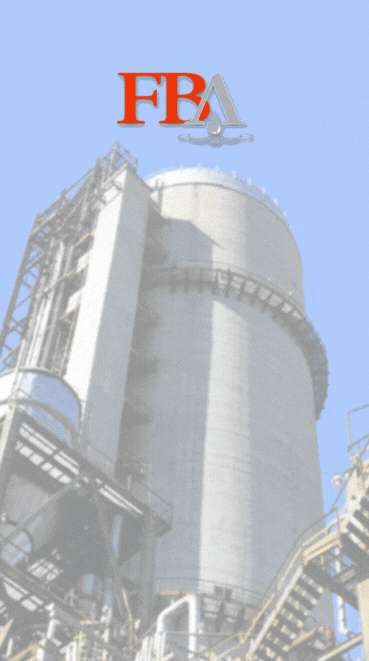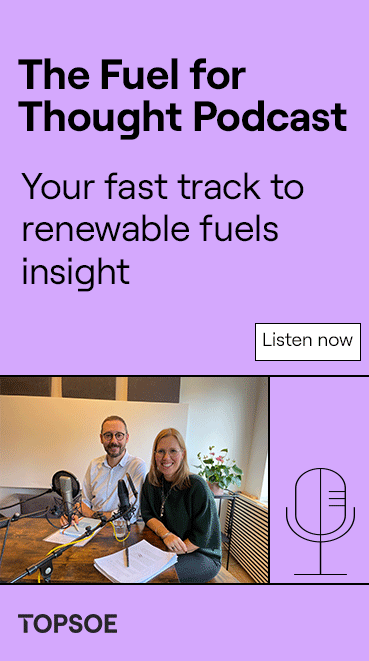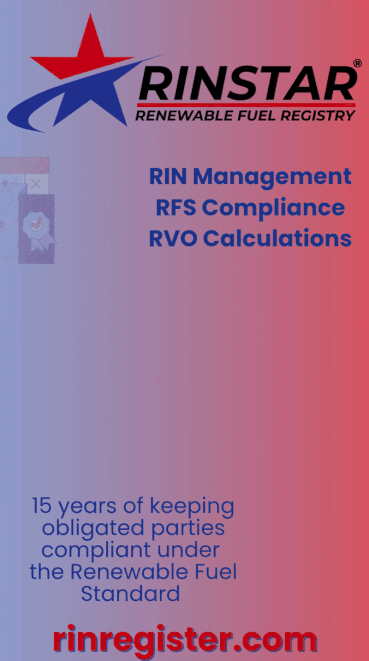Royal Air Force defends UK’s skies using sustainable aviation fuel
- Royal Air Force
- Aug 14, 2024
- 3 min read

The Royal Air Force is ensuring Britain is secure in a more sustainable manner using a blend of sustainable aviation fuel (SAF) with normal jet fuel on routine operations for the first time.
Aircraft including Typhoon and Poseidon submarine hunters, operating from RAF Lossiemouth in Scotland, have been using a blend of conventional and SAF in a first for the air force as they take to the skies to defend the U.K. and allies.
During November 2023 to February 2024, 4 million liters (more than 1 million gallons) of blended SAF were delivered to the Royal Air Force through a contract with World Fuel Services.
A further 5.15 million liters (1.36 million gallons) of fuel are being delivered from this July through October.
The fuel is used to power aircraft operating from Lossiemouth in Morayshire, northern Scotland.
RAF Lossiemouth is one of the U.K.’s busiest RAF stations and is home to Typhoon aircraft, which are ready to deploy 24/7/365 as part of the U.K.’s Quick Reaction Alert—keeping Britain secure.
Sustainable fuel sources include hydrogenated fats and oils, wood waste, alcohols, sugars, household waste, biomass and algae.
As aviation currently accounts for nearly two-thirds of fuel used across defense, this first for the RAF demonstrates the Ministry of Defence’s commitment to reduce carbon emissions with no compromise to national security.
In 2020, the Ministry of Defence updated aviation fuel standards to allow up to 50 percent sustainable sources to be used in fuel mixes for defense aircraft.
Using blended SAF can cut aircraft carbon emissions by up to 80 percent and it is a significant step towards bolstering both operational capability and climate change and sustainability efforts.
“We remain at the forefront of this important work with industry partners, and introducing sustainable aviation fuel to one of our busiest stations demonstrates our commitment, bringing defense and industry together to reduce our carbon footprint,” said Air Vice-Marshal Shaun Harris. “As well as contributing to reduce carbon emissions as part of the Defence Aviation Net Zero Strategy, our ability to use new fuels ensures that the Royal Air Force can continue to operate anywhere we are needed globally.”
Group Captain Sarah Brewin, the station commander at RFA Lossiemouth, added, “The use of sustainable aviation fuel represents a significant milestone in the RAF’s journey towards helping mitigate against climate change. By integrating sustainable practices into our operations, we are not only enhancing our ability to protect the nation and deliver excellence on operations, but also contributing to a more sustainable future for generations to come.”
RAF has been trialing different types of fuel since the update to fuel standards.
In November 2021, an RAF pilot flew a microlight aircraft powered by synthetic fuel created from air and water in a world first.
In Spring 2022, a drone was flown on synthetic kerosene made by genetically modified bacteria and RAF has tested an electric aircraft flown at RAF Cranwell.
In November 2022, an RAF Voyager successfully trialed the use of 100 percent sustainable aviation fuel, flying for 90-minutes from RAF Brize Norton—a world first for a wide-bodied military aircraft, a joint endeavor between the RAF, Defence Equipment & Support, and industry partners Airbus, AirTanker and Rolls-Royce, with the fuel supplied by Air BP.
In 2023, RAF successfully used SAF to achieve the first SAF blend air-to-air refueling of a Typhoon and C-130 Hercules aircraft.
This was followed by the RAF’s display typhoon being powered on blended SAF at this year’s Royal International Air Tattoo, the first time this aircraft has displayed to the public on this fuel.
This work has helped to pave the way for the use of sustainable aviation fuels in the commercial sector, including a government-funded transatlantic flight by Virgin Atlantic last year.


































